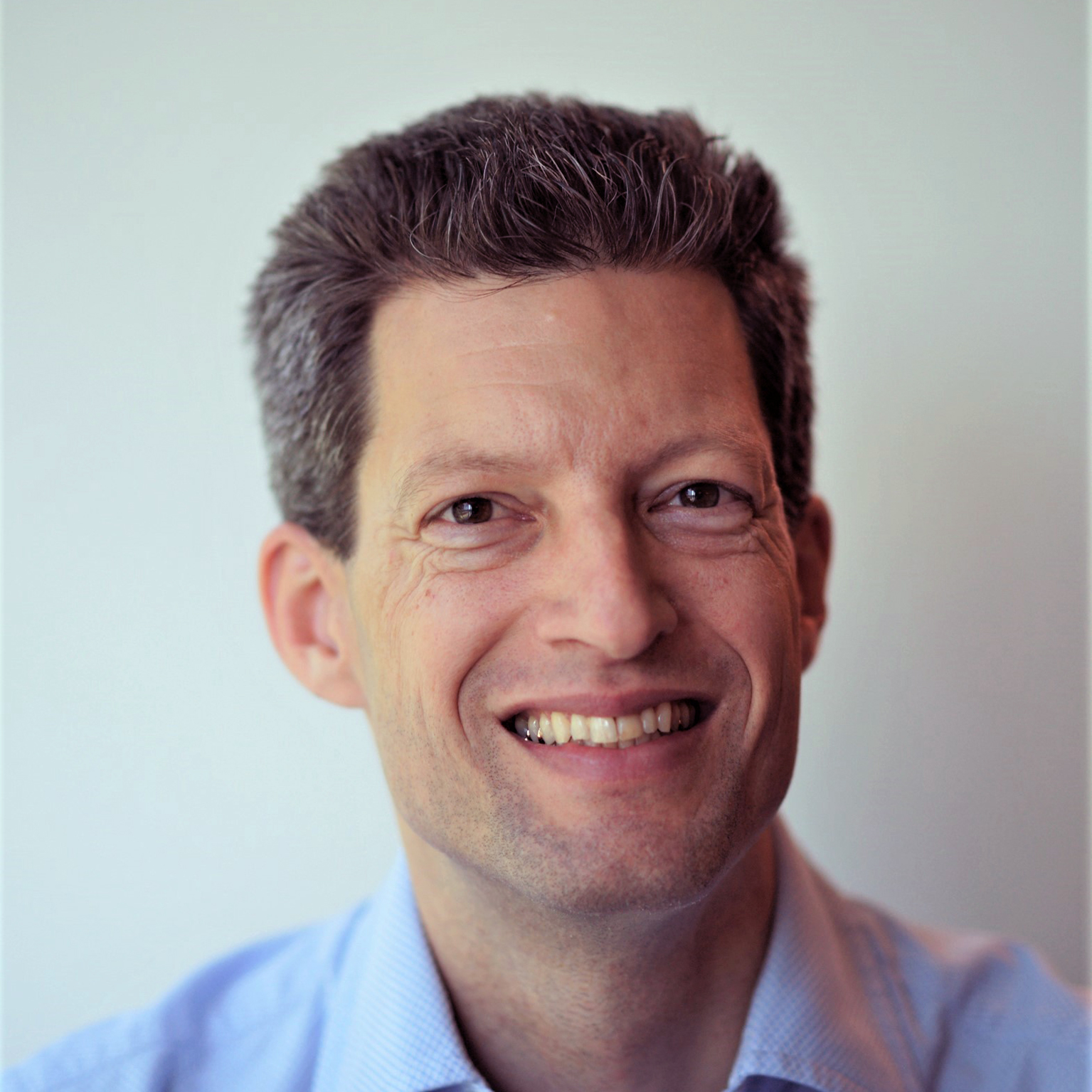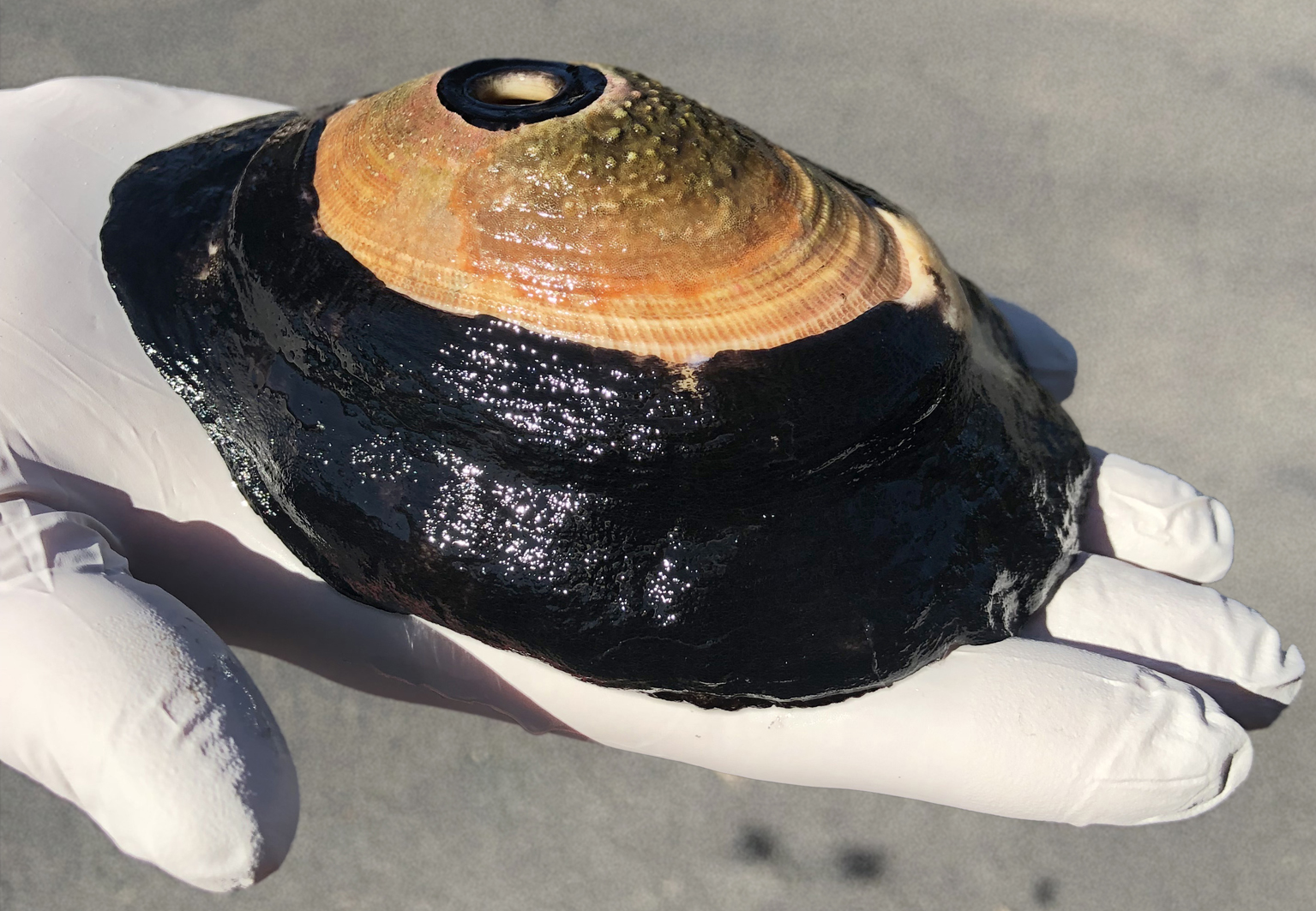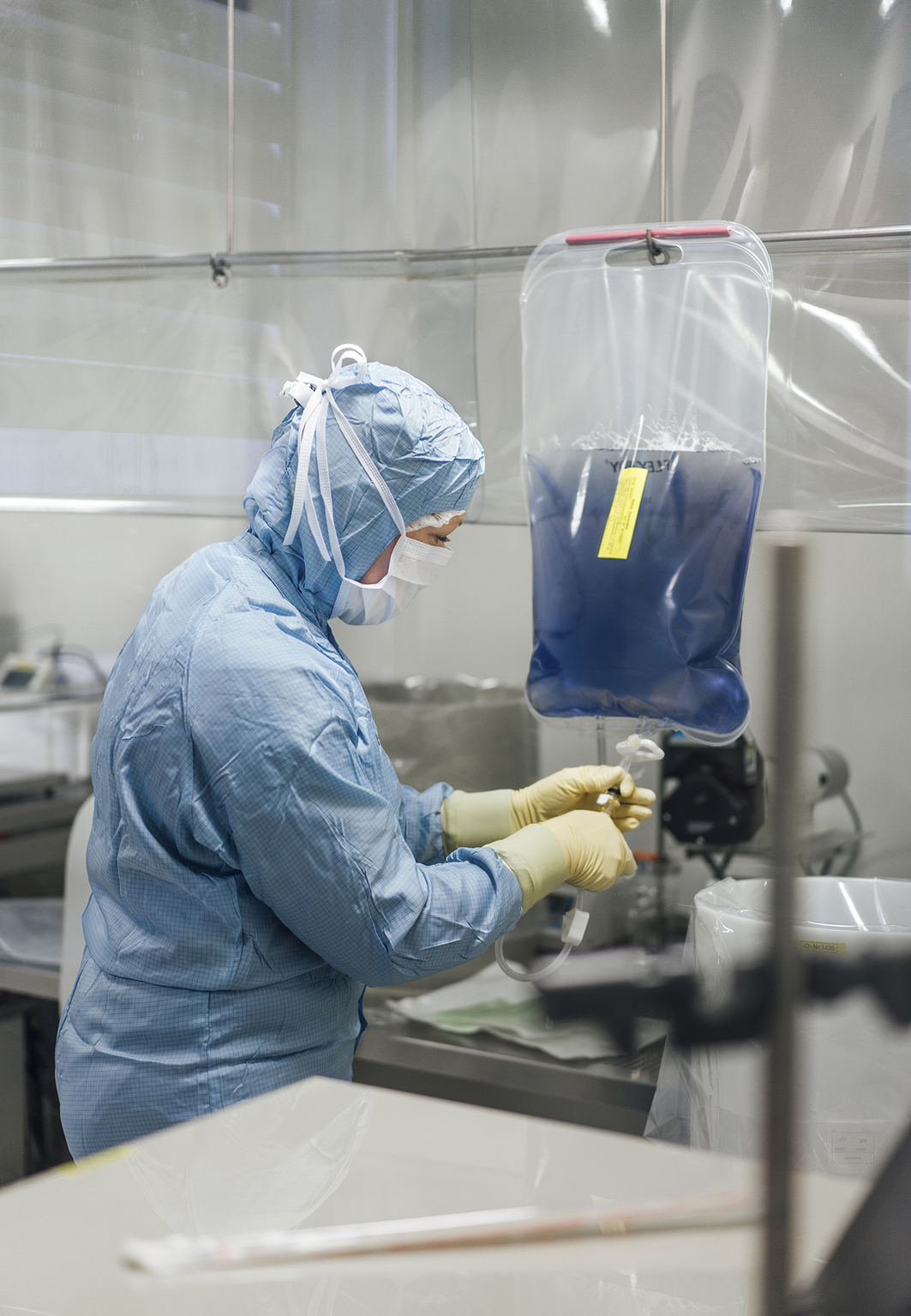Medicine from the blue blood of marine mollusks
A “living pharmacy” crawls on the ocean floor off the coastline that stretches from Southern California to Mexico: biosyn Arzneimittel GmbH, a pharmaceutical company based in the city of Fellbach in southern Germany, produces a drug to treat bladder cancer, using the haemolymph, a vertebrate fluid equivalent to blood, of Megathura crenulata, commonly known as a giant keyhole limpet. The blue blood pigment of this marine mollusk is also currently being tested as a carrier molecule for various antigens in therapeutic vaccines.
 Dr. Sebastian Riedmayr has been COO of biosyn Arzneimittel GmbH since 2018. © Private
Dr. Sebastian Riedmayr has been COO of biosyn Arzneimittel GmbH since 2018. © PrivateThe mollusk’s blue colour comes from the copper atoms in the blood pigment haemocyanin that transport oxygen around the tissue of the palm-sized marine mollusk. "Scientists were originally looking for proteins that could be used to determine the immune status of patients,” explains Sebastian Riedmayr, COO (chief operating officer) of biosyn Arzneimittel GmbH.
The haemocyanin of the Californian marine mollusk seemed ideally suited to this. As the species is unfit for human consumption, the protein is unknown to the human immune system, which can therefore mount a strong immune response against it. In addition, the blood pigment of the mollusk is not bound to blood cells as it is in mammals, but instead moves freely in the haemolymph, where it can easily be tapped.
In the early 1970s, the American urologist Carl A. Olsson was looking to use the haemocyanin of the marine mollusk to assess the immune response of people with superficial bladder cancer. Coincidentally, he noticed that patients who had undergone surgery to remove the tumour and were treated with the substance developed new urinary bladder tumours less frequently than a control group that had not been treated with the substance.
Immunotherapy for cancer
Apparently, the substance of the mollusk not only stimulated the body's immune defense, but also armed it against proliferating tumour cells. "Specific antibodies against haemocyanin also cross-react with the surface molecules on bladder cancer cells," explains Riedmayr, one of the three biosyn founders that had heard about this finding in Germany.
 Megathura crenulata, commonly known as a giant keyhole limpet. © biosyn
Megathura crenulata, commonly known as a giant keyhole limpet. © biosynIn 1997, the company received approval to use the Megathura crenulata blood pigment as a prophylactic drug for preventing the recurrence of superficial bladder cancers. Broken down into its individual subunits, the limpet-derived haemocyanin is marketed as IMMUCOTHEL® in Germany, Austria, Argentina and South Korea. “Individual reports that patients with other cancers also benefit from the drug have not yet been investigated in detail,” said Riedmayr.
In addition, the substance of the marine mollusk is also being tested as a carrier molecule for antigens in vaccinations, including tumour antigens in cancer therapy. Many antigens are too small to be recognised by the immune system. However, when large numbers of a specific antigen bind to the surface of haemocyanin, which is one of the largest known proteins, even low-molecular antigens can produce a conspicuous response against the antigen. The Fellbach-based pharmaceutical company is currently using the mollusk protein as a carrier for developing a vaccine against Alzheimer's.
Giving blood saves lives
 The mollusk's haemolymph is processed in Fellbach in accordance with good manufacturing practice (GMP) standards. © biosyn
The mollusk's haemolymph is processed in Fellbach in accordance with good manufacturing practice (GMP) standards. © biosyn"In the past, the mollusks were cut open to isolate haemocyanin proteins," says Riedmayr. This was the procedure followed by the company from which biosyn initially obtained the haemocyanin raw material for its approval studies. But it quickly became obvious that these haemocyanin proteins were not of the quality required for clinical use. The researchers from Fellbach therefore developed and patented a process to remove part of the haemolymph from the anaesthetised foot and replace the missing fluid. The animals are then released live back into the Pacific Ocean.
The German company set up a subsidiary in Carlsbad, California, as the Megathura crenulata mollusk is only indigenous to the coasts of southern California and the Baja California peninsula in Mexico. The mollusks are up to 15 years old when trained divers remove them from the pebbles on the ocean floor, at a depth of 40 metres. The animals weigh between 500 and 700 grammes, and are quarantined in a specially designed seawater aquarium for two days before donating around 100 millilitres of their precious blood.
The cellular component is separated from the isolated haemolymph, and the blueish protein mixture is cooled and flown to company headquarters in Fellbach where the haemocyanin is purified. To keep the protein stable at room temperature for many years, the Fellbach researchers break it down into subunits, which are then freeze-dried in a sugar solution, producing a white powder. The company also sells haemocyanin in an aqueous solution for vaccine development and research purposes.
“On the one hand, the challenge was to find a process for obtaining a high-purity natural product, so that later immunisations will not lead to undesired cross-reactions with contaminants. On the other hand, we did not want to destroy the protein during the process to be sure that we could obtain a yield that was as high as possible with the minimum number of animals,” says Riedmayr.
World market leader for haemocyanin
According to company information, biosyn supplies 90 percent of the global haemocyanin market. "In 2019, we had unexpectedly high demand for haemocyanin, particularly in South Korea," reports Riedmayr. This begs the question, wouldn't it be easier to produce the protein genetically instead of extracting it from the marine snail?
Back in 1999, biosyn, along with a team from the University of Mainz, deciphered and patented the gene sequence of the limpet haemocyanin, but, as Riedmayr explains, genetic engineering of the protein is considered too complicated because of its size. And in any case, the Pacific Ocean supplies millions of “serum donors” in the Baja California area.
"We would like to increase the number of countries where the drug is approved and make it accessible for treating other cancers," says Riedmayr. "However, financing large-scale approval studies is a major challenge, especially for small- and medium-sized companies," Riedmayr continues.
Riedmayr points out that the company, which has 75 employees, has invested enormous amounts of money in the development of its haemocyanin products over the years. The company's research is funded with revenue from its nutritional supplements and patent-free drugs, notably for cancer, intensive care medicine and thyroid diseases. In addition to the trace element selenium, the natural product from the sea is one of the two most important product pillars of the company that was founded in 1984.